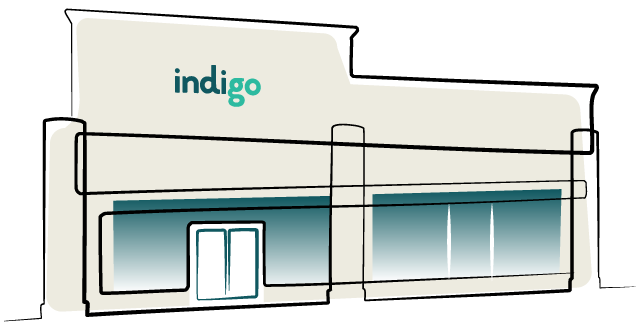Headaches are common, but they’re also a pain. For many people, the occasional headache is more a nuisance than anything. But for some, chronic headaches and migraines can have a significant impact on quality of life.
While there are literally hundreds of types of headaches, the two most common are tension headaches and migraines.
Tension headaches:
Tension (or stress) headaches are the most common headaches and occur in about 75 percent of adults. They can be mild to moderate and occur infrequently. Most last 20 minutes to 2 hours. Tension headaches can be triggered by fatigue, stress or problems involving the muscles or joints of the neck or jaw.
Migraines:
A migraine headache is the second most common headache. It causes intense pain and is often accompanied with additional symptoms. Migraines can be moderate or severe and last for a few hours to a few days.
While doctors don’t have a clear understanding of what causes migraines, genetics and gender play a significant role. Most individuals who suffer from migraines have a family history, and 75 percent are women.
Migraine triggers include hormonal changes, sleep disruption, certain medications and foods, weather changes and stress.


